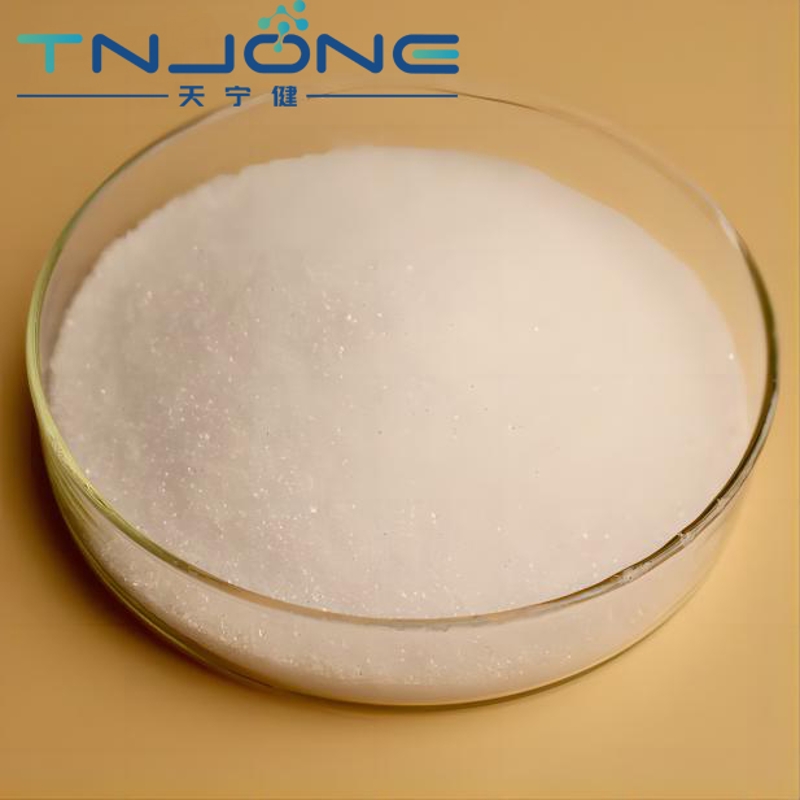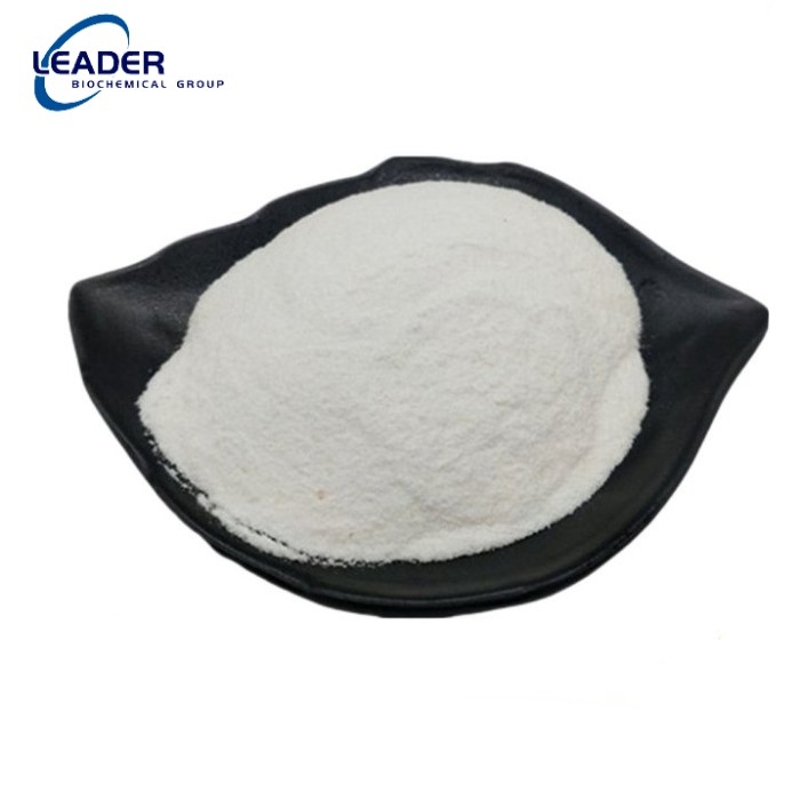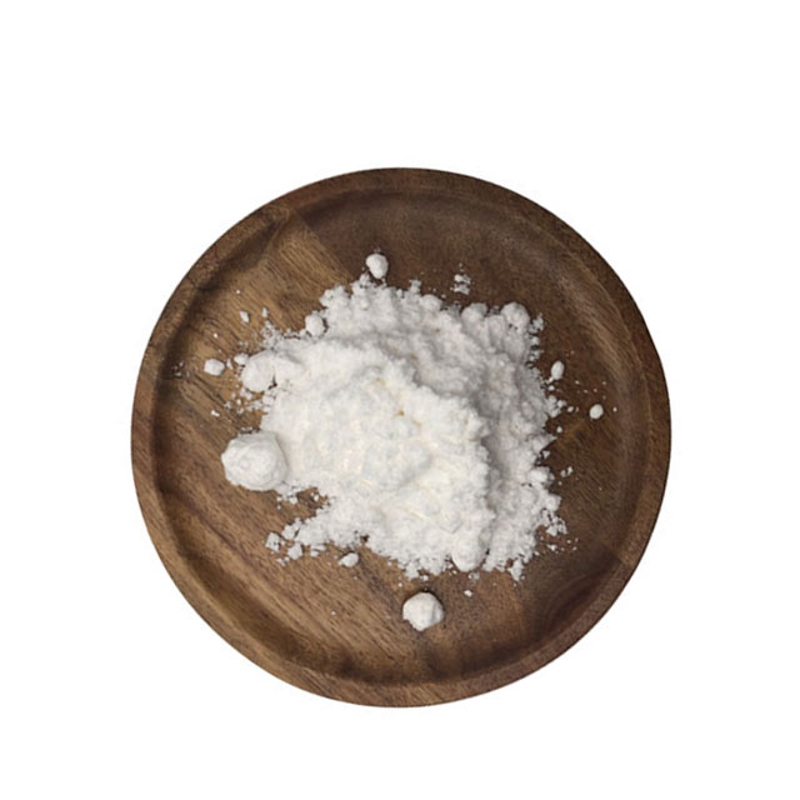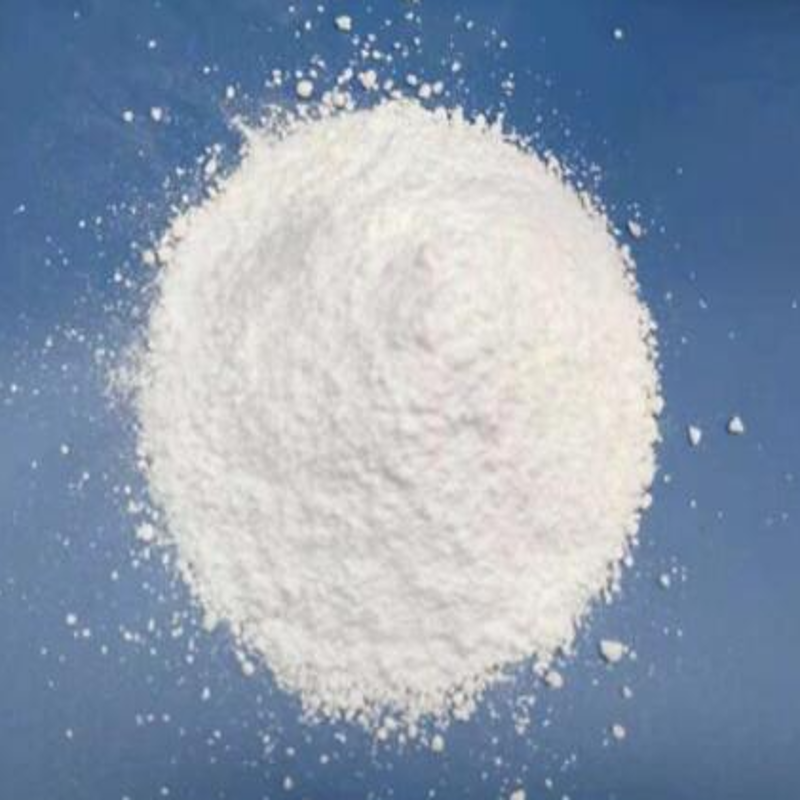Biochemical Engineering
- • Amino Acids and Proteins (221)
- • Nucleic Acid Drugs (18)
- • Enzymes and Coenzymes Drugs (115)
- • Inhibitors (1083)
- • Biological Response Modifiers (15)
- • Fat Medicines (7)
- • Amino Acids and Derivatives (4144)
- • Saccharides (2371)
- • Biochemical Reagents (322)
- • Nucleoside Drugs (346)
- • Condensing Agent (40)
- • Polypeptide (619)
- • Biosynthetic Natural Products (105)
- • Plant Extracts (813)
- • Chinese Herbs (352)
- • Microbiology Reagents (11)
- • Protein Research (34)
- • Lipids (281)
- • Inflammation Mediators (128)
Related News
-
In 2023, the international food price index fell nearly 14% YoY , and only the price index of sugar and rice rose
2024-01-10 -
Shanghai Takes the Lead in Curbing Sugary Beverage Consumption with Innovative Health Warning Labels
2023-10-19 -
Russia's Penza prefecture exported more than 1,500 tons of beet slag to China
2023-03-28 -
Bulgaria plans to introduce regulations on sugar consumption requirements
2022-12-23 -
High sugar prices in Bangladesh show no signs of abating
2022-12-14 -
How Does Sugar React With Vinegar? Vinegar And Sugar, Unlikely Couple
2022-12-09
Saccharides
Get Saccharides Raw Materials by RegionCellulose acetobutyrate
(9004-36-8)-
Industrial Grade / 99%
-
Chemical Grade / 99%
-
- / 99.00%
-
Request for quotation , get quotes from more suppliers.
α-D-Ribofuranose, 1,3,5-tribenzoate
(22224-41-5)-
- / 99.00%
-
Industrial Grade / 99%
-
Pharmacy Grade / 99%
-
First Grade / -
Request for quotation , get quotes from more suppliers.
Dithioerythritol
(6892-68-8)-
- / 99.00%
-
Pharmacy Grade / 99%
-
Pharmacy Grade / 99%
-
Industrial Grade / 99%
Request for quotation , get quotes from more suppliers.
-
- / 99.00%
-
- / 99%
-
First Grade / -
-
![1-O-Acetyl-2,3,5-tri-O-benzoyl-beta-L-ribofuranose buy 1-O-Acetyl-2,3,5-tri-O-benzoyl-beta-L-ribofuranose]()
Request for quotation , get quotes from more suppliers.
D-Psicose
(551-68-8)-
Food Grade / 99%
$3.5-4/KG FOB
-
Food Grade / 99%
$1-1.3/KG FOB
-
AR Grade / 99%
-
Industrial grade / 99%
Request for quotation , get quotes from more suppliers.
2'-C-Methyluridine
(31448-54-1)-
industrial Grade / 98%
-
Pharmacy Grade / 99%
-
![2'-C-Methyluridine buy 2'-C-Methyluridine]()
Industrial Grade / 99.00%
-
![2'-C-Methyluridine buy 2'-C-Methyluridine]()
Request for quotation , get quotes from more suppliers.
Cellobiose
(528-50-7)-
- / 99.00%
-
Industrial Grade / 99%
-
Industrial Grade / 99%
-
Food Grade / 99%
Request for quotation , get quotes from more suppliers.
D-Galactal
(21193-75-9)-
- / 99.00%
-
Pharmacy Grade / 99%
-
![D-Galactal CAS NO 21193-75-9 buy D-Galactal CAS NO 21193-75-9]()
Industrial Grade, Feed Grade, Food Grade, Pharma Grade / 99%
$11.11/KG EXW
-
![D-Galactal buy D-Galactal]()
Request for quotation , get quotes from more suppliers.
-
Pharmacy Grade / 99%
-
- / 99.00%
-
Pharmacy Grade / 99%
-
Request for quotation , get quotes from more suppliers.
Geneticin
(49863-47-0)-
- / 99.00%
-
![Geneticin (G418) buy Geneticin (G418)]()
Industrial Grade / 99%
-
![geneticin buy geneticin]()
-
![Geneticin (G418) buy Geneticin (G418)]()
Industrial Grade / 99%
Request for quotation , get quotes from more suppliers.










































